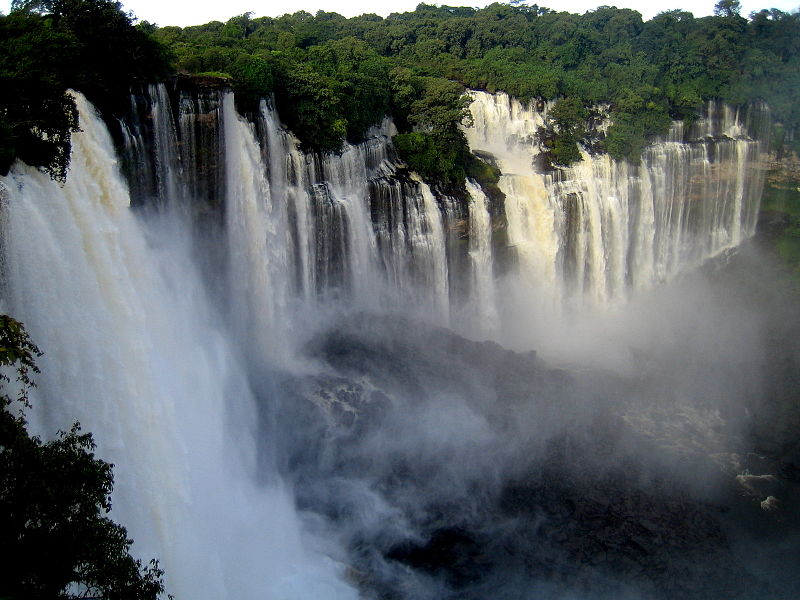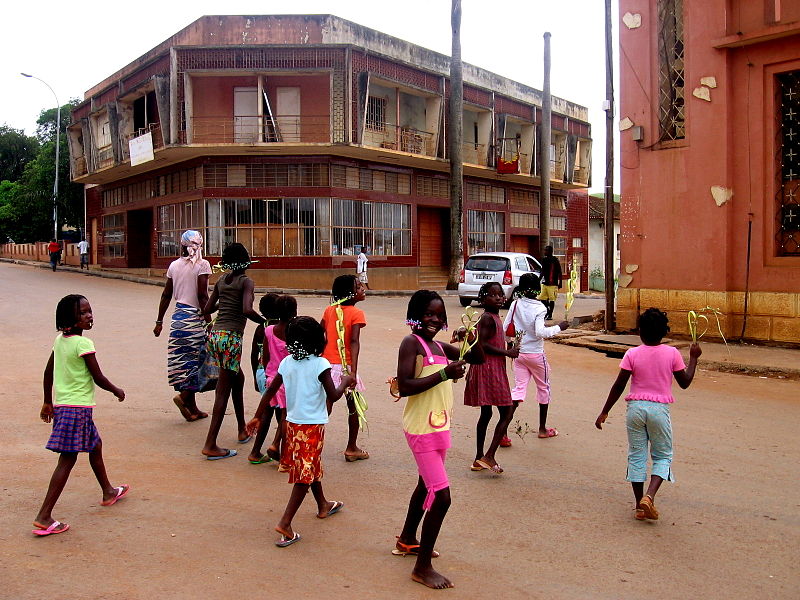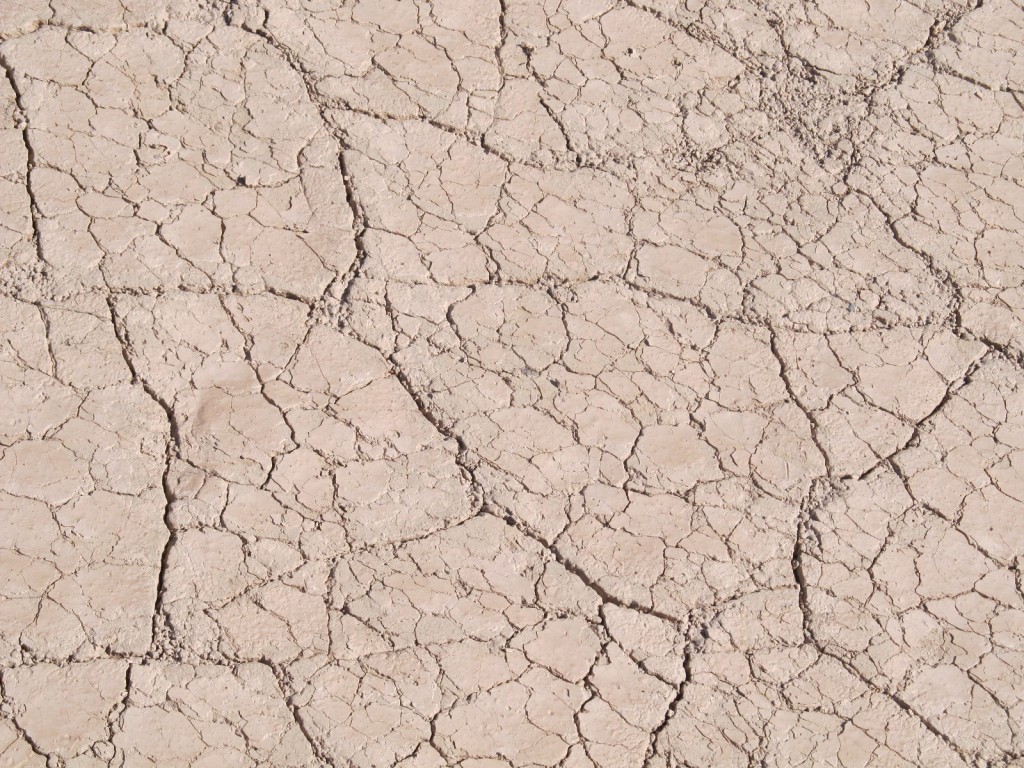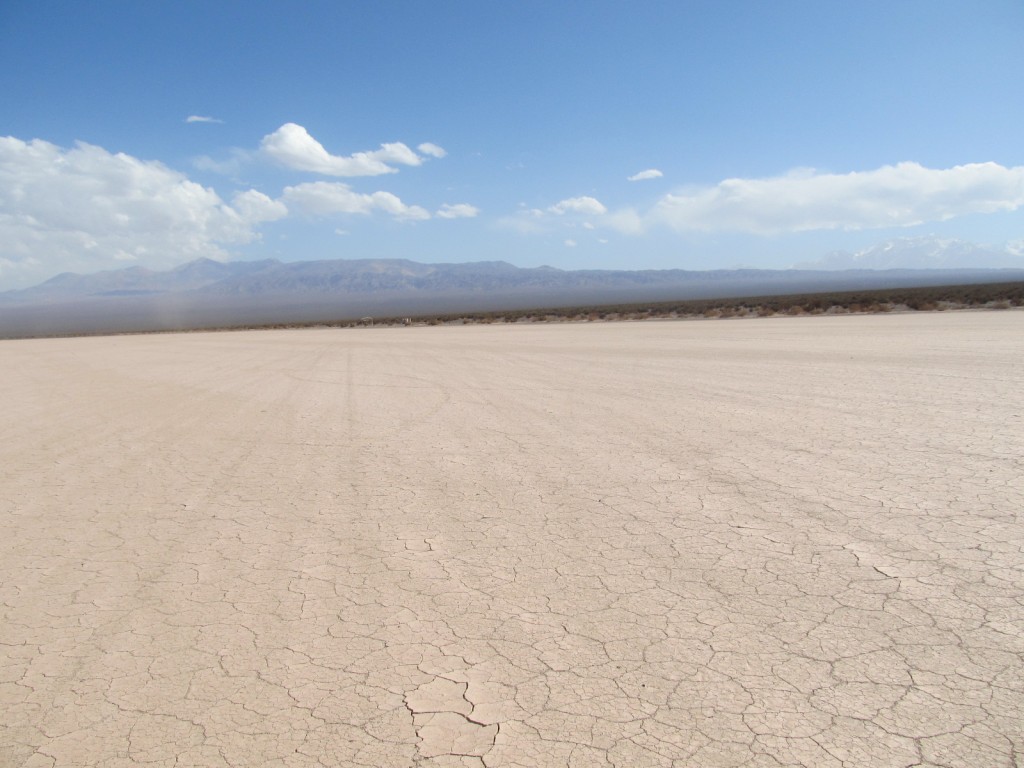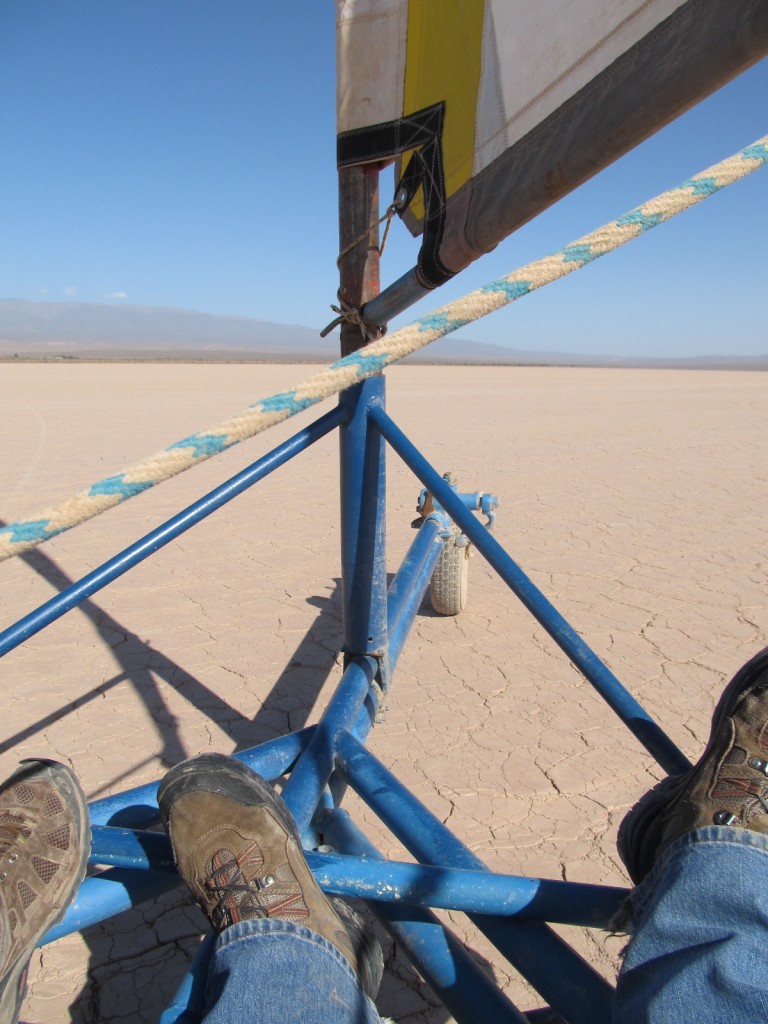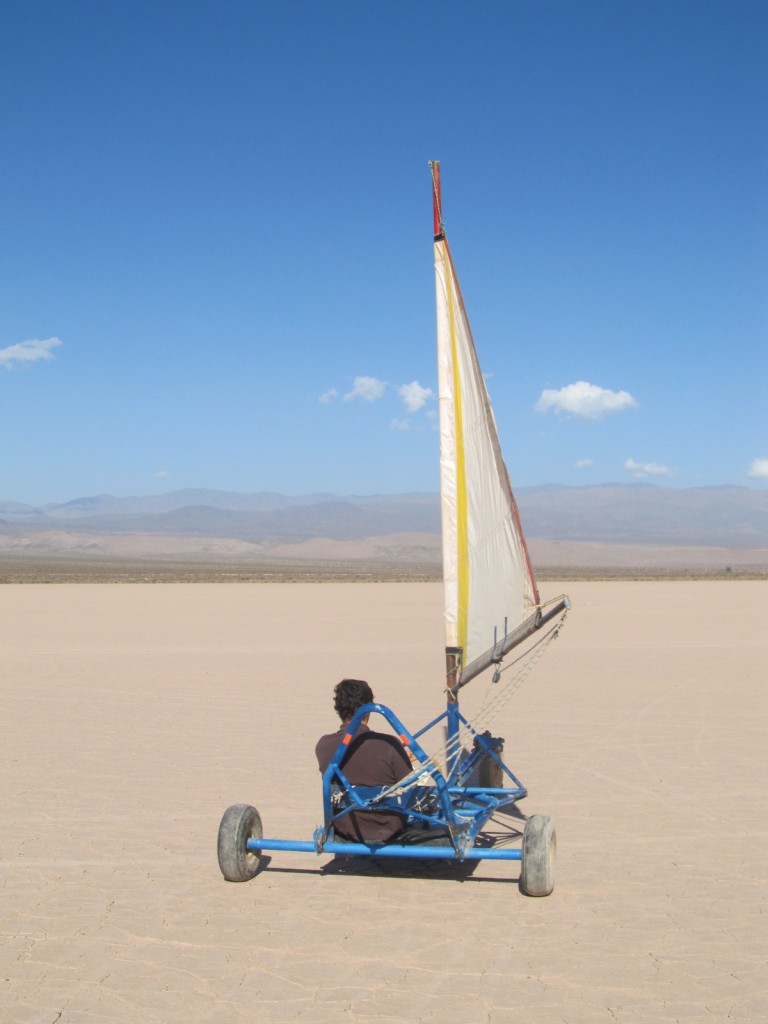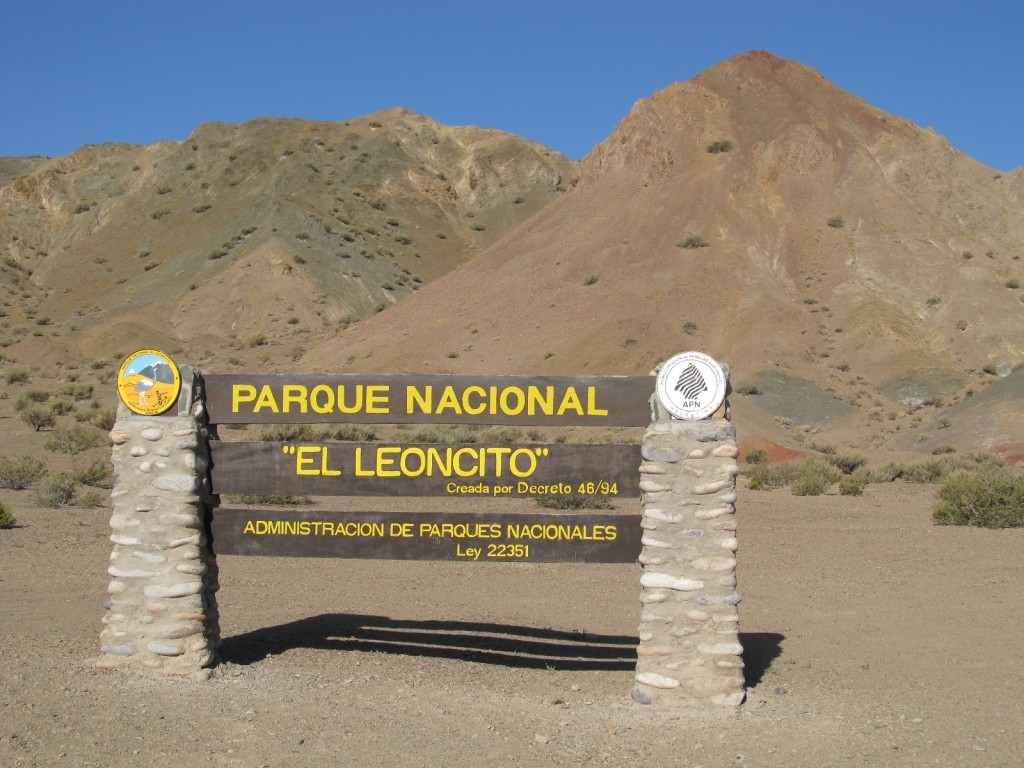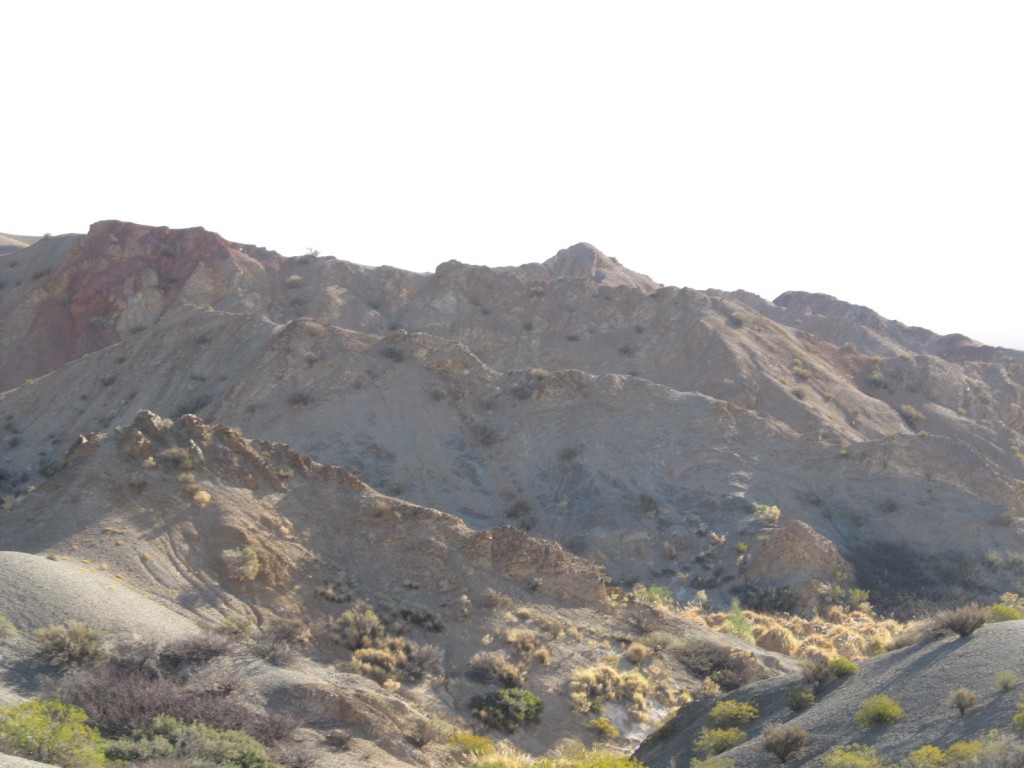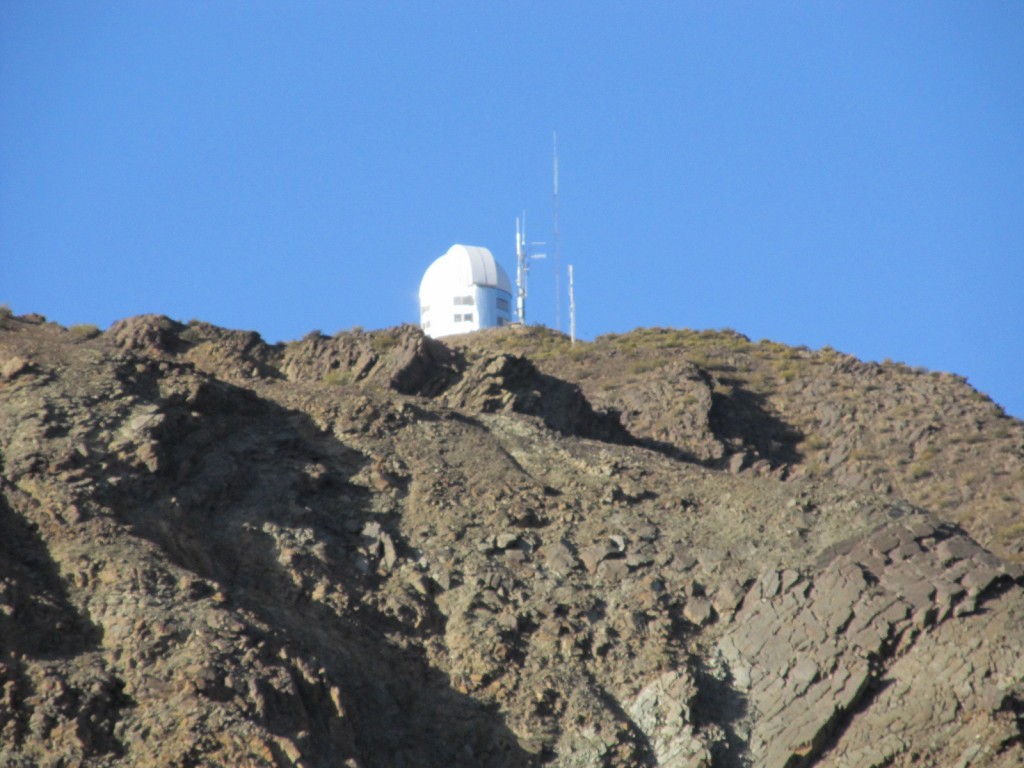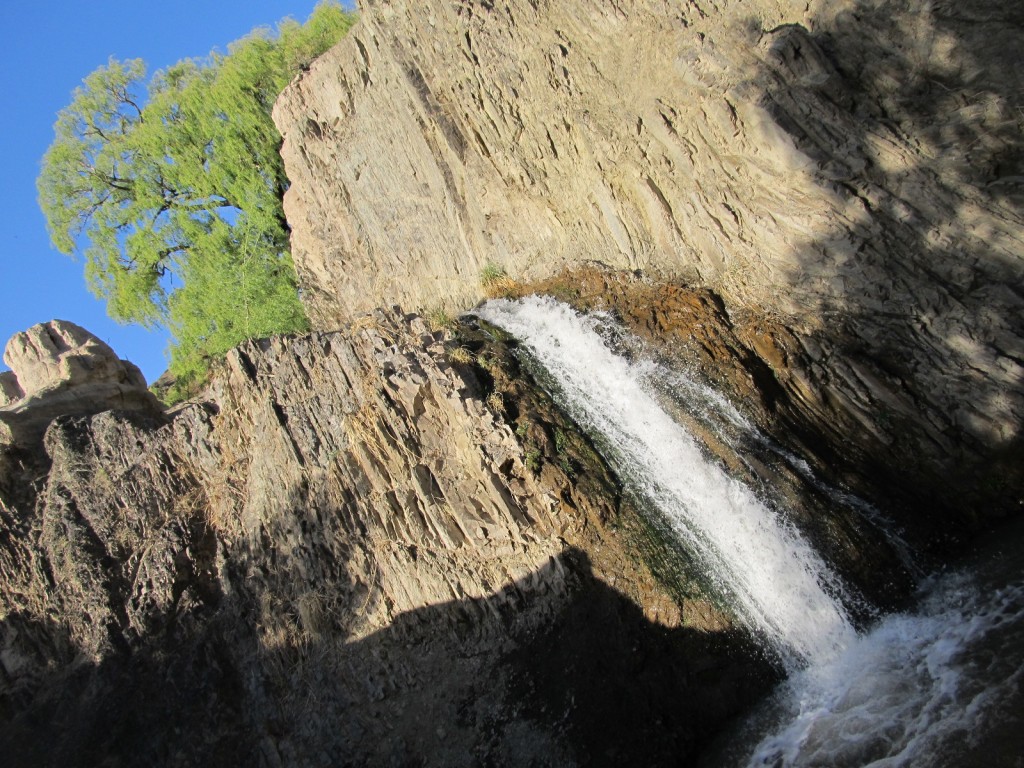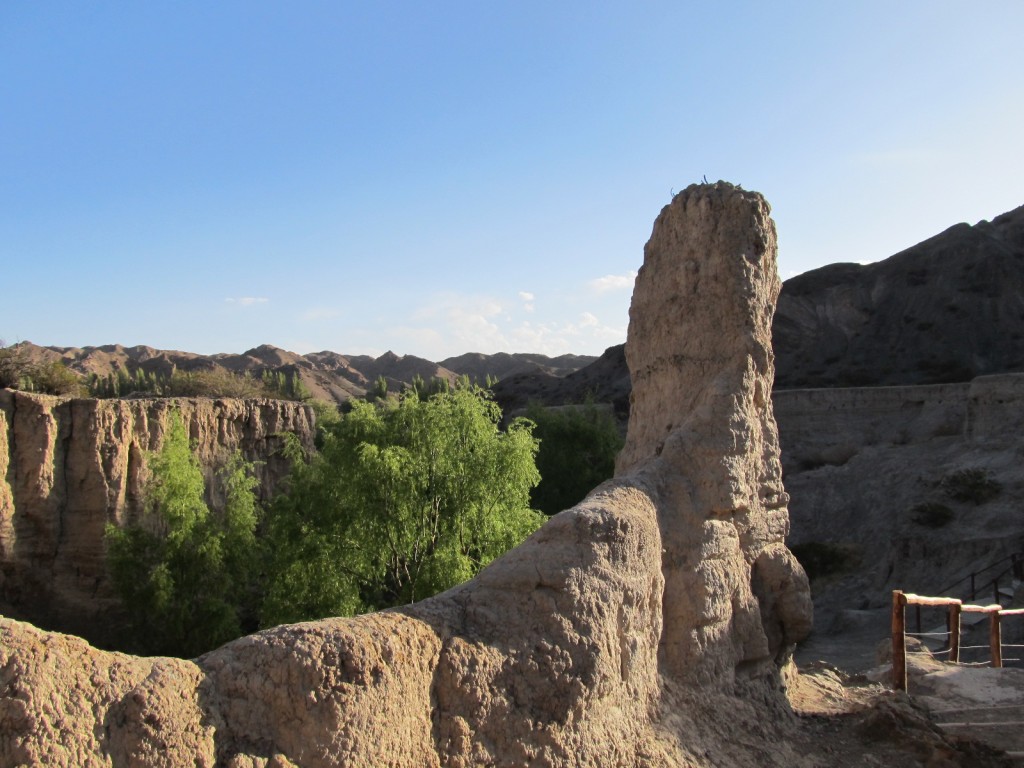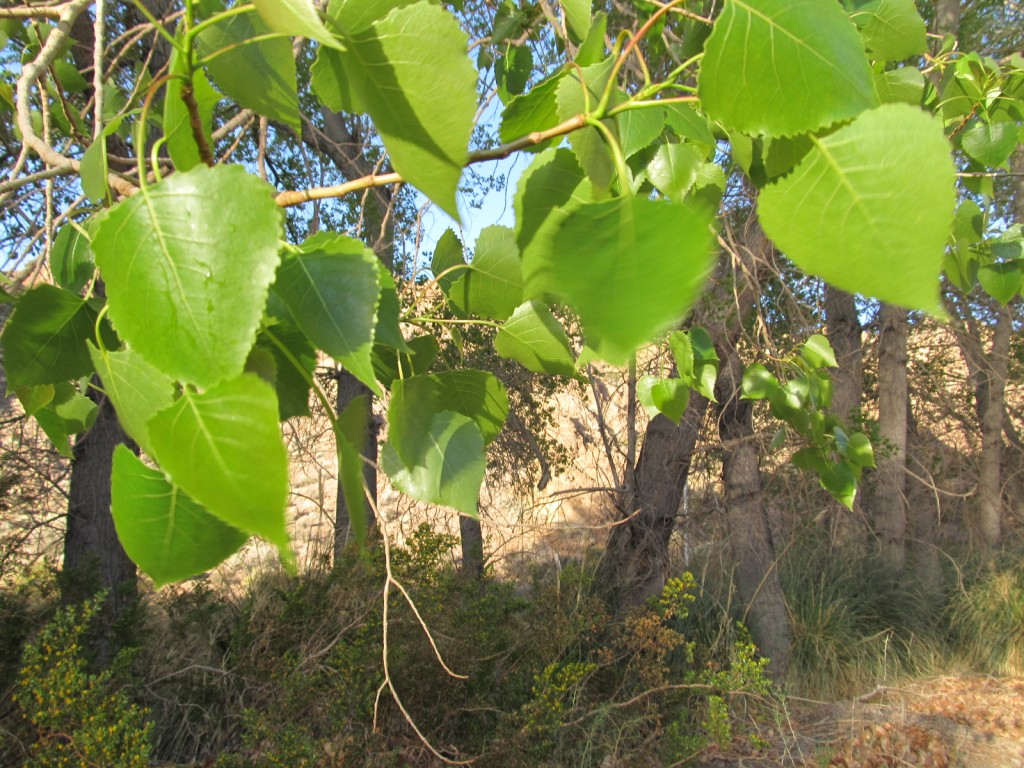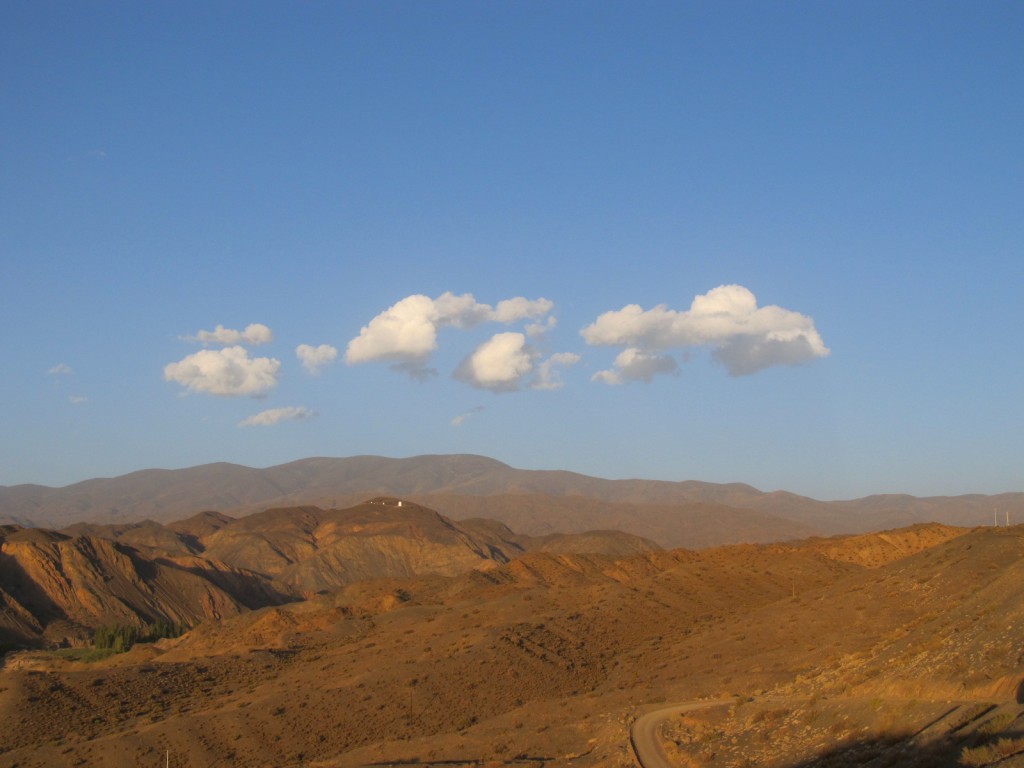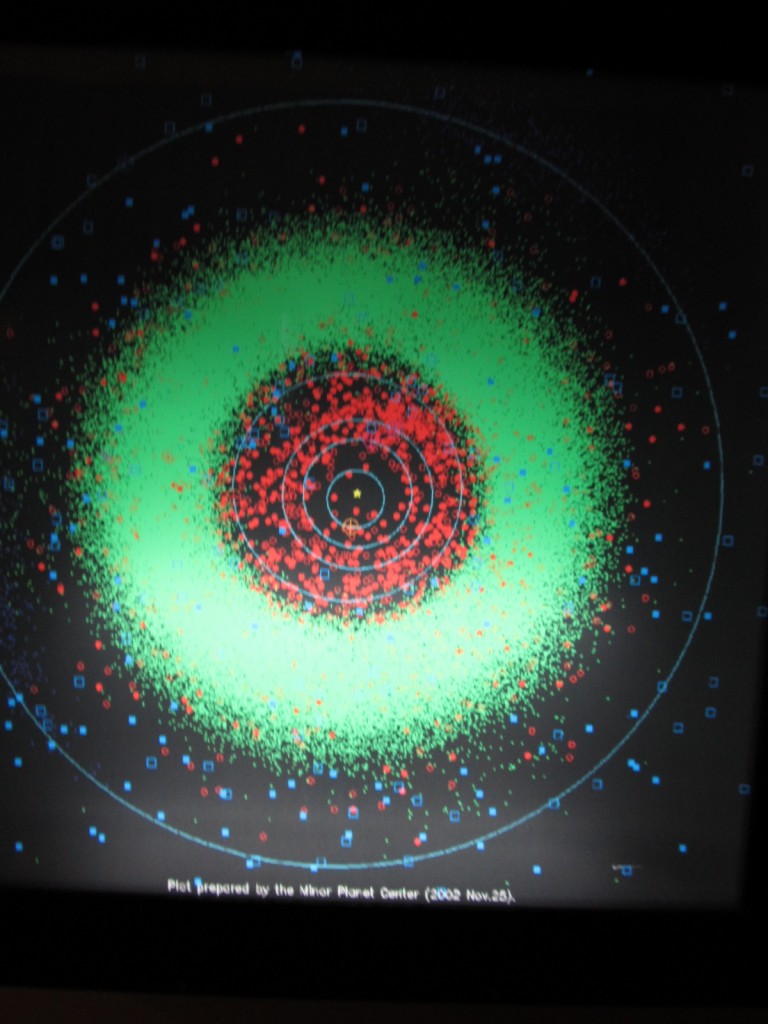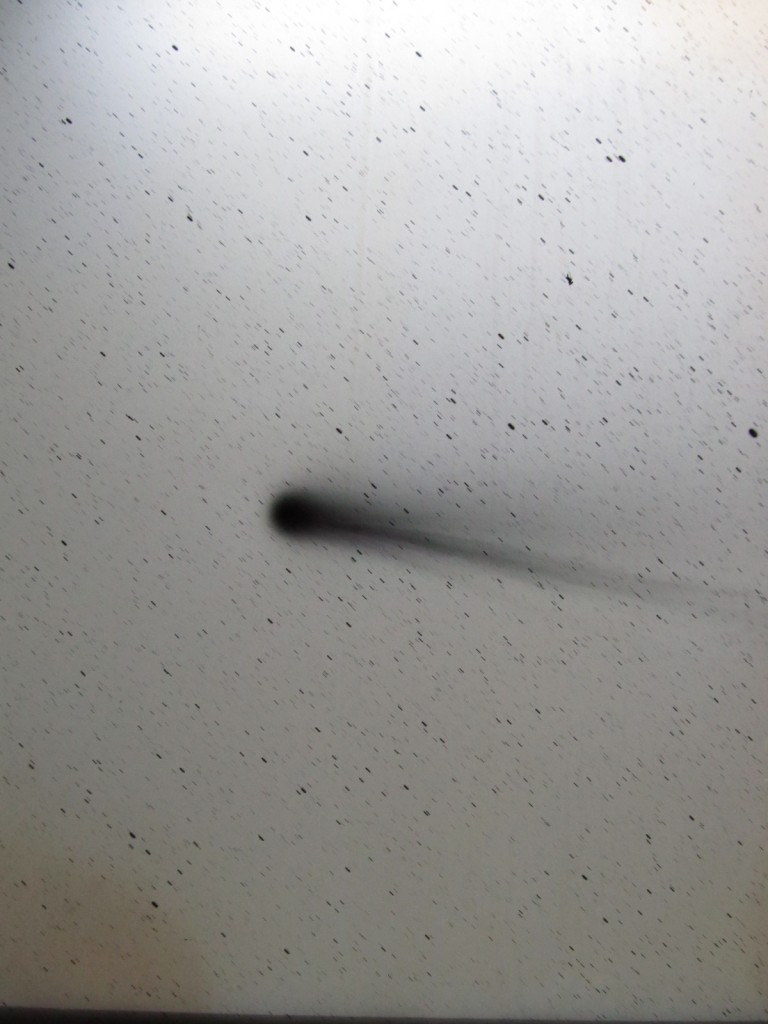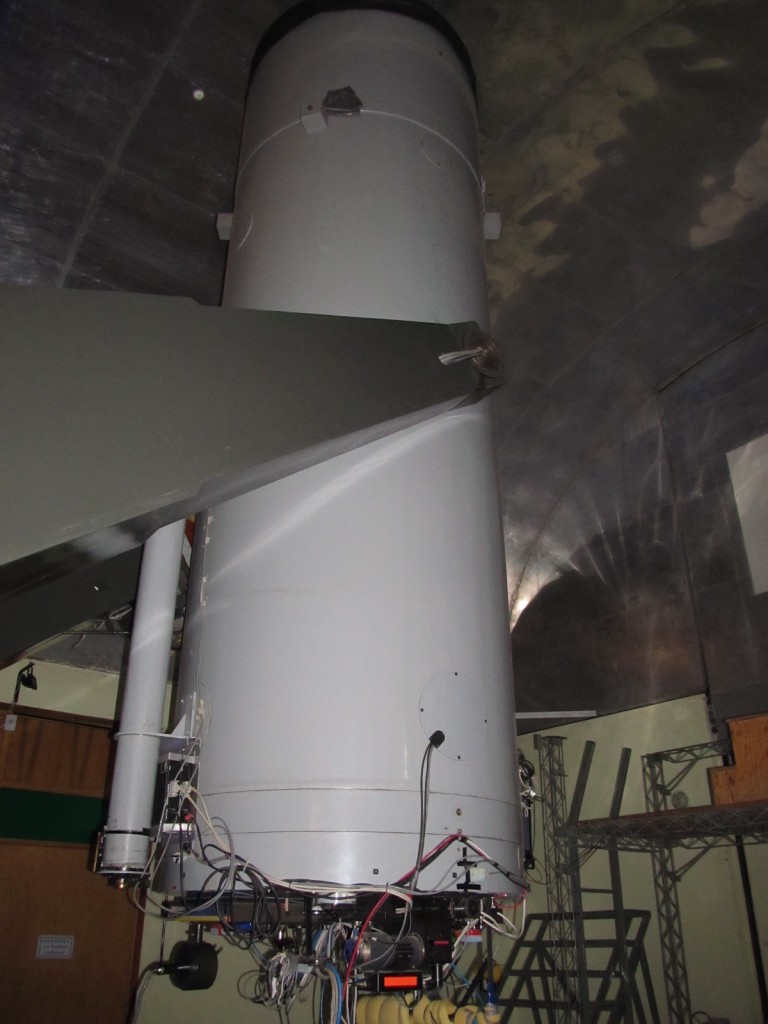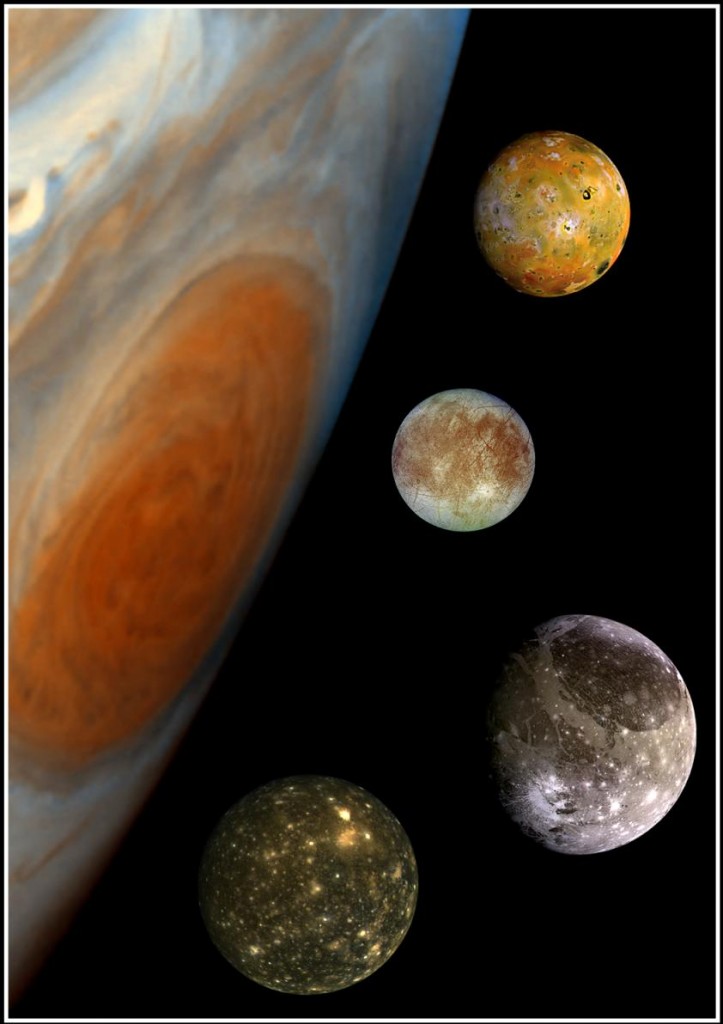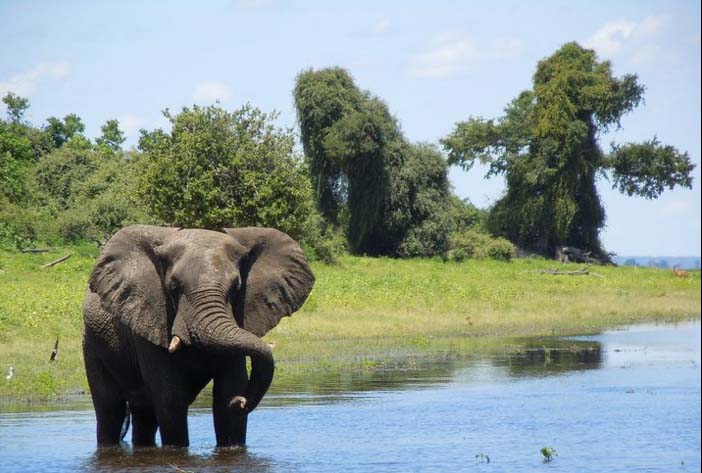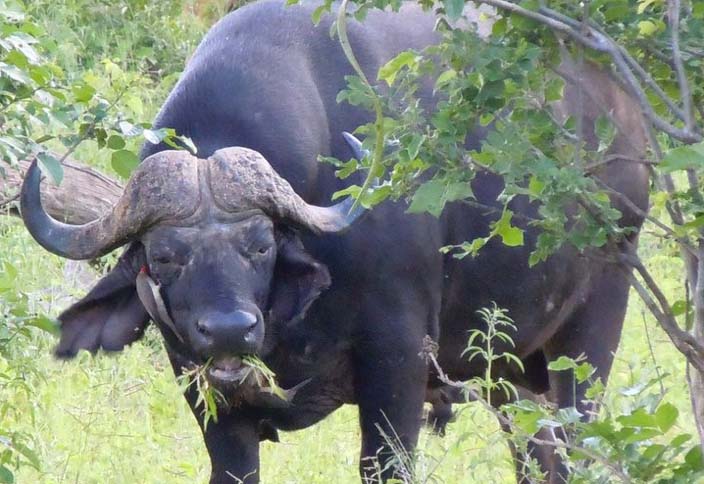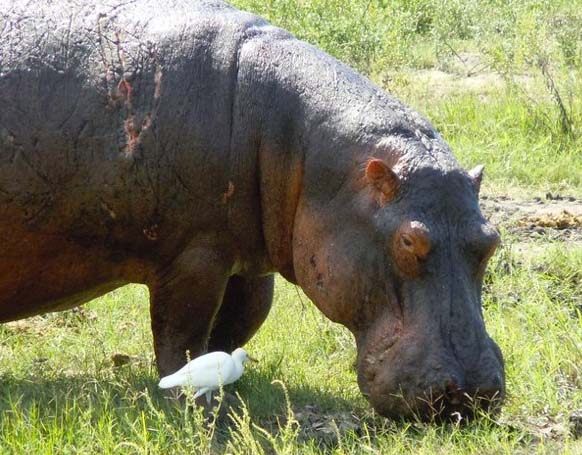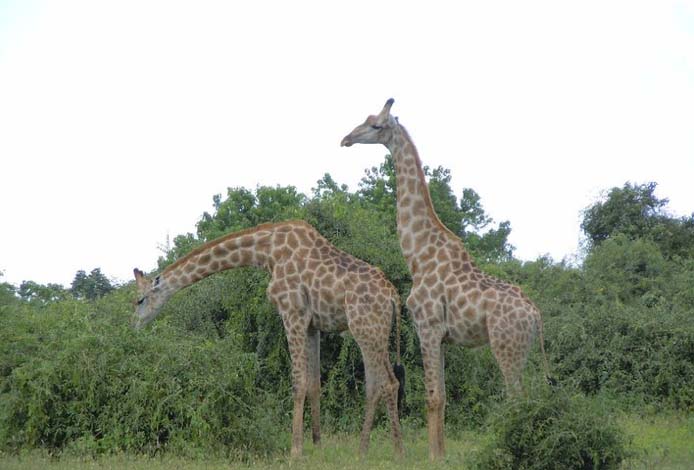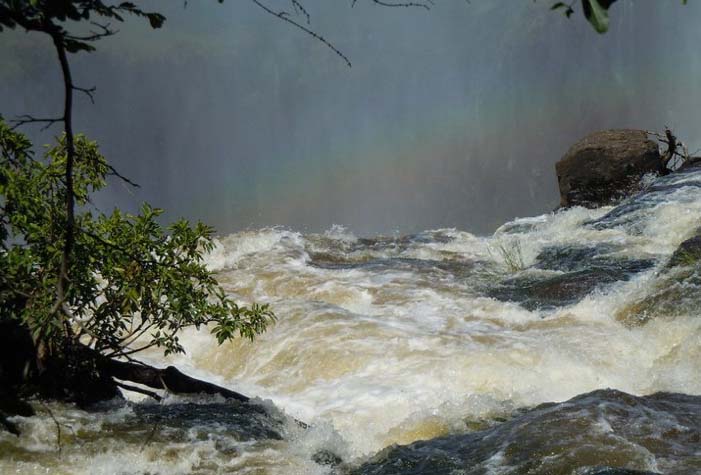Archive for the 'Waterfalls' Category
From Shanghai we flew two hours South to Guilin – the main city of GuangXi Autonomous Province. Bordering Vietnam, the area has very hot,humid summers and cool foggy winters. Above ,we journey down the Li RIver towards Yangshuo. The cone shaped karst mountains begin here and are prevalent though Northern Vietnam and into Thailand.
On the banks of the Li River in Guilin.
Guilin, at 3 million people, is considered a large town or small city by Chinese standards.
Yangshuo is considered a village, at 300,000.
The area is very fertile,with rice paddies everywhere.
Rich in all cultures.
Some of the world’s most fantastic views.
A Fish Pedicure.
In a Very Peaceful Temple.
FOR ADVENTURES IN CHINA, CLICK HERE
ArcticTropic may venture to Angola this coming October, on the way to the ATTA Conference in Windhoek,Namibia. Though the 30 year war ended several years ago, toursim in any form is almost non-existent. These photos are courtesy of Wikipedia Commons.
Luanda, the capital, is about 7 hours across the South Atlantic from São Paulo via TAAG Airlines. There are also direct flights from Lisbon,Johannesburg and Windhoek – by air Angola is not difficult to get to. Visas, however,must be applied for several weeks in advance.
The difficult part begins once you are on the ground. Transportation is very difficult with few paved roads. Hotels in Luanda are amongst the most expensive in the world – yet of very poor quality.
ArcticTropic is open to having fellow ATTA delegates join us for this exploratory visit. Please
Contact us if interested.
Explora Parques , led by Ramón Ossa Federico took ArcticTropic on an adventurous excursion to Parque Nacional El Leoncito. The first activity was dry land sailing on Barreal Blanco, a dry lake bed located at the foot of the Andes. The video above was taken as we drove at 100 mph ‘160 kph across the lake bed.
The lake bed is parched as it rains or snows only a couple of times a year.
No sound except for the wind.
The wind dies down, so the sailing is a bit slow.
The technique is not much different than water sailing.
Entrance to the giant park.
A valley oasis.
Complejo Astronómico El Leoncito (CASLEO), where we will vist at sunset.
A cooling waterfall. There may well be gold in the rocks.
Will almost no rain,these rocks take eons to form.
Springtime in the oasis.
Some rare clouds.

The park is near the Chilean border – the mountains offer huge mining potential as well.
As darkness fell around 8 PM we arrived at Complejo Astronómico El Leoncito (CASLEO). There are three times as many stars to view in the Southern Hemisphere than in the Northern Hemisphere. The high Andean deserts in Chile and Argentina offer the best viewing in the world due to high altitude,clear air and a total lack of light pollution due to being one of the more remote areas of the world. Even with some volcanic dust in the air from Peyhuehe the viewing was incredible. Above is a photo taken with a radioteescope.
Comet Halley in 1986.
Planet Venus in the West.
The radio telescope is for the astronomers only. We were treated to views from a smaller but very powerful telescope outside. The roof above retracts.
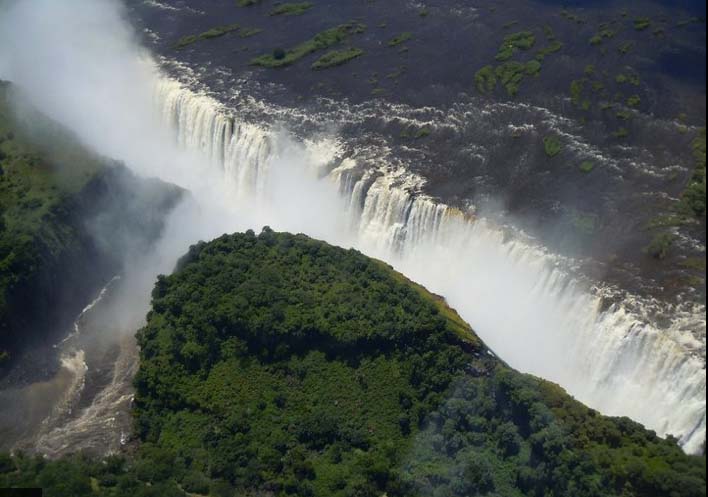 Our friend Bill Tubbs continued his African journey – onwards from Morocco to Zambia,Zimbabwe, Botswana and Namibia. Above is Victoria Falls in Zimbabwe.
Our friend Bill Tubbs continued his African journey – onwards from Morocco to Zambia,Zimbabwe, Botswana and Namibia. Above is Victoria Falls in Zimbabwe.
A Bull Elephant cooling off on a hot summer’s day.
Afternoon stop at the watering hole.
A Cape Buffalo enjoys an afternoon snack.
A hippo with his companion.
Nature about to take its’ course.
On top of the Falls.

Today we have an all day trip to several springs – water holes that have very strange natural phenomena.
Poço do Fervedouro has an underground river emptying into a hole on the bottom. The effect is like reverse quicksand. It is impossible to swim down more than a meter. Legs disappear into the white quicksand, which is also being forced up.
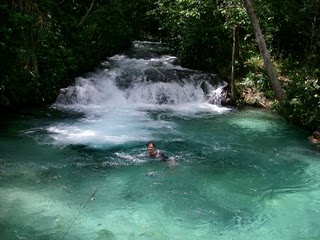
We then visit Cachoeira da Formiga. The river is known to have diamonds in it – recently a stone of more than 8 carats was found.

ArcticTropic Director

On the way back we stopped for cold beer in the frontier town of Mateiros.


The town has a population of 1800, with a school, 7 Evangelist churches, one Catholic church and 3 bars, all of which do a great business
FOR ADVENTURES IN BRAZIL, CLICK HERE
Day One

On the morning of Wednesday, August 27th we boarded the giant Korubo all terrain vehicle for our 300 km, 8-hour journey into the Jalapão desert, to the Korubo Safari Camp on the Rio Novo. Google Coordinates: 10 35 22 07 South 46 45 27.04 West.
About 2 hours after leaving Palmas, the capital of Tocantins State, the paved road ended. We had a delicious lunch in Ponte Alta, where the dirt roads begin. Brazilian food is heavy – meat, rice, beans, bread, potatoes, farofa, at almost every meal.

After lunch we took a short walk through the town .
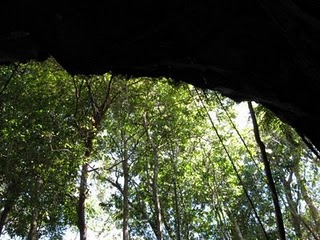
About 20 minutes out of town, we were driving through baking hot scrubland. The temperature was about 42 C, 108 F. Although this is “winter” south of the equator, it is the hot dry season. When the rains come in “summer” – December and January the temperature might only get to 33 C, or about 91 F. There is no humidity – so 100 degrees is like 80 in Miami or New York – quite comfortable. By night the temperature drops to the 50s – and to near freezing in June and July.

As we went thought the scrubland there was little shade, the fields were motionless in the heat. At that point we stopped and walked into a field and we could hear water rushing. We walked down a hill and noticed a small crevice. As we followed it the divide became wider and we then climbed down into an underground river. The temperature was at least 30 degrees cooler 25 C or 77 F and there were refreshing waterfalls everywhere.

Back on the Korubo truck we headed out into an absolute wilderness. No towns, or even houses for hundreds of kilometers. The land is flat and sandy, broken by mesas and buttes. Fires race across the land, consuming the thin cover of grass and brush.

At sundown (6 PM) we arrived at Korubo Safari Camp.
Here is a quick tour of the camp. Korubo is completely eco friendly. The Rio Novo is perfectly clean due to no human or cattle habitation in the surrounding terrain.

Water from the river is used for cleaning, cooking and drinking. You can drink directly form the river. There are no plastic water bottles here, unless they are being recycled.

There are fixed tents that never need to be taken down, due to the consistency of the weather.

The shower water is heated by fire, allowing to hot water at the end of each day. Toilets are similar to those on a boat – all waste is dried (far from the camp) and taken to an incinerator in Palmas.
Food is tasty and plentiful. Beer and caiprinhas are served with dinner. Nighttime activity can be gazing at the Southern Hemisphere stars or reading in the tent under a solar powered lamp.

All power in the camp is solar – I even charged my laptop from a solar generator. Korubo may be rustic , but it is run with professional perfection. Check out their website HERE.
By the way , you can avoid 8 hour drive by flying to a nearby airstrip – but that would take away a lot of adventure.
FOR ADVENTURES IN BRAZIL, CLICK HERE
Safari and Rafting Expedition In Brazil’s Northern Deserts

EMBRATUR – the Brazilian Government Tourism Authority and ABETA – Brazilian Adventure Travel Trade Association have invited ArcticTropic to participate in an 8-day exploration of the Jalapão region in the remote Tocantins River Valley of Northeastern Brazil.
The purpose of the trip is to promote a newly opened adventure travel region of Brazil. Few foreigners other than explorers or scientists have visited the region.
ArcticTropic Blog will have daily updates – except when traversing the rivers. Due to the nature of the journey – constant submersion in roiling rapids -, electronic equipment cannot be taken. Waterproof cameras will be used in these situations.

We will depart Miami next Monday night – first flying all the way down to São Paulo, then back North to Brasilia, then further North to Palmas, the capital of Tocantins State. From there – the adventure begins.

FOR ADVENTURES IN BRAZIL, CLICK HERE








